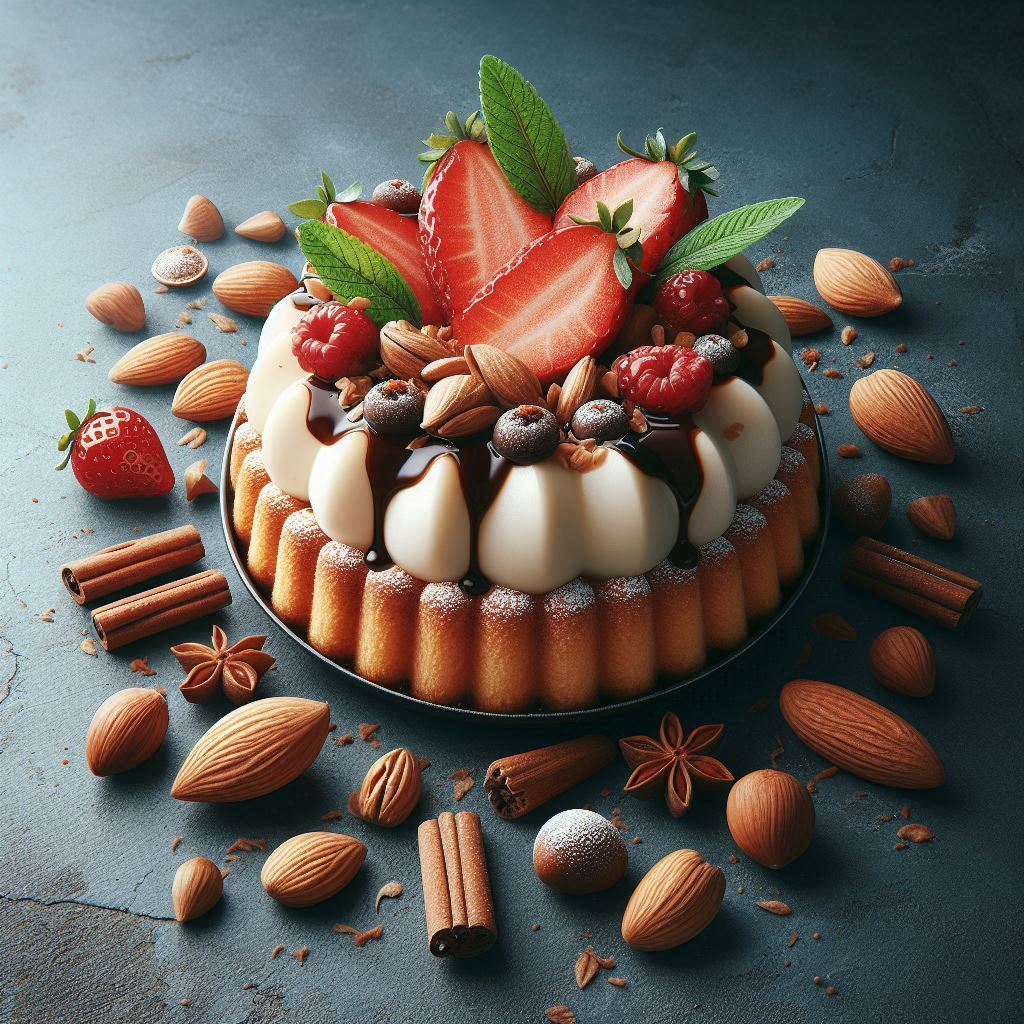
Pignolata: A Sicilian Delicacy with a Rich History
Pignolata, a traditional Sicilian dessert, is a delectable treat that has been enjoyed for centuries. Its origins can be traced back to the Arab conquest of Sicily in the 9th century. The Arabs introduced sugar and honey to the island, which became key ingredients in the development of Pignolata.
Preparation:
Preparing Pignolata is a labor of love that requires patience and skill. Here’s a detailed guide to the process:
-
Make the Dough: Combine flour, sugar, baking powder, and salt in a large bowl. Gradually add warm water while kneading until a soft, pliable dough forms. Let the dough rest for at least 30 minutes.
-
Shape the Dough: Divide the dough into small walnut-sized balls. Using a fork, gently press down on each ball to create ridges.
-
Fry the Dough: Heat vegetable oil in a large pot or deep fryer to 375°F (190°C). Carefully drop the dough balls into the hot oil and fry until golden brown, about 2-3 minutes.
-
Drain and Cool: Remove the fried dough balls from the oil and drain them on paper towels. Allow them to cool completely.
-
Make the Glaze: In a saucepan, combine honey, sugar, and lemon juice. Bring to a boil over medium heat, stirring constantly. Reduce heat and simmer for 5 minutes, or until the glaze has thickened.
-
Dip the Dough Balls: Dip each cooled dough ball into the hot glaze, coating it evenly. Place the glazed dough balls on a wire rack to cool and set.
-
Decorate: Once the glaze has hardened, decorate the Pignolata with sprinkles, chopped nuts, or candied fruit.
Variations:
Traditionally, Pignolata is made with honey, but other variations exist. Some recipes use sugar syrup or chocolate glaze instead. The dough can also be flavored with spices such as cinnamon or nutmeg.
Serving:
Pignolata is typically served as a dessert or snack. It can be enjoyed on its own or paired with coffee or tea.
Tips:
- Use high-quality honey for the best flavor.
- Do not overcrowd the pot when frying the dough balls, as this will lower the oil temperature and result in soggy dough.
- Allow the dough balls to cool completely before glazing them, as the hot glaze can melt the dough.
- Store Pignolata in an airtight container at room temperature for up to 3 days.



